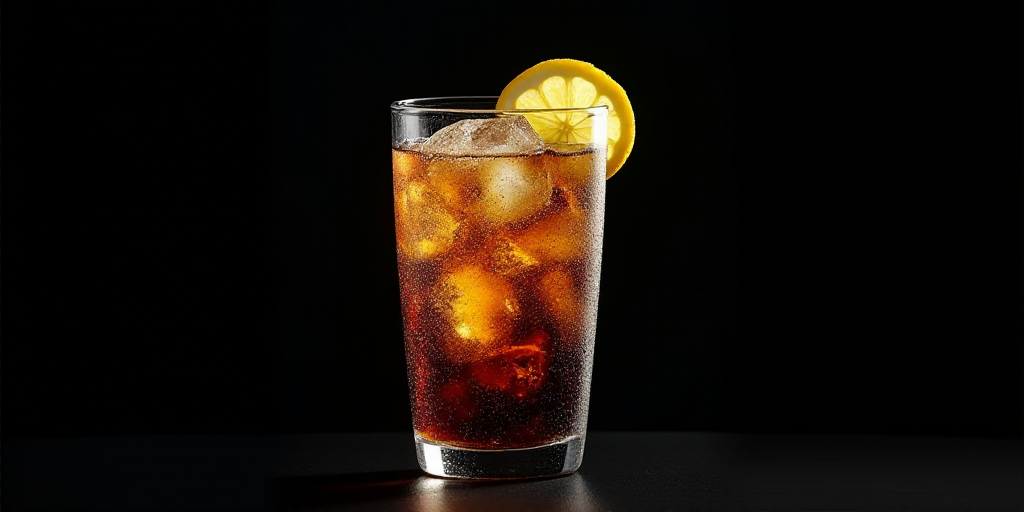The Decline
In 2024, the soft drink category experienced a significant downturn in Latin American households, with a 316 million Consumer Reach Points (CRP) drop. This metric measures product choice penetration and purchase frequency, reflecting the number of times consumers choose a product. In this case, there were 316 million fewer soft drink purchases compared to the previous year.
The data comes from the Brand Footprint Latam 2025 by Worldpanel by Numerator, which attributes the decline to health, wellness factors, and changes in consumption channels.
According to the report, 89% of Latin Americans perceive sugary drinks negatively, and 38% plan to reduce their consumption in the next three months. This perception combines with decreased visits to traditional retail, significantly impacting the soft drink category.
“The decrease in visits to traditional retail, along with health and wellness trends, contributed significantly to this substantial decline in the soft drink category,” explained Marcela Botana, Growth & Commercial Excellence Director Latam of Worldpanel by Numerator.
The Challenge
The soft drink decline in Latin America reflects more than a temporary adjustment; it’s a symptom of a structural change in mass consumption.
The combination of health factors, diversification of channels, and the search for more affordable or trend-aligned options is eroding the historical dominance of large brands.
The pressure is twofold: while multinationals face reduced frequency and the need to reinvent themselves, smaller brands capitalize on fragmentation to gain space in specific niches.
The challenge for the industry is to adapt to a consumer who no longer buys the same products but explores, compares, and moves between categories and channels with greater flexibility.
The 2024 Latin American basket confirms this: fewer soft drinks, more choices, and an increasingly fragmented and competitive consumption.
Coca-Cola Maintains Leadership
Despite the overall decline, Coca-Cola remains the most chosen brand in Latin America, with 2.873 billion CRP, far ahead of Colgate (804 million), Pepsi (598 million), Lala (534.4 million), and Bimbo (533.9 million).
The study also highlights consumption fragmentation: in 2024, there were 52 billion purchasing decisions, equivalent to at least two brand choices per day by each consumer. On average, households visited 8.9 distinct channels and purchased products from 86 companies throughout the year.
The 61% of regional brands were chosen less frequently than in 2023. Particularly, the so-called Super Brands were among the most affected, with 66% reducing their CRP. Although they increased penetration by 1%, they lost 4.5% in purchase frequency.
Channels and Loyalty at Stake
The report also emphasizes the role of channels in purchasing decisions. In high-frequency categories like snacks and beverages, consumers show more willingness to switch brands than channels. For example, in Brazil, consumers are 4.2 times more likely to switch companies than channels for cookies.
Key Questions and Answers
- What does the 316 million CRP drop mean? It represents a significant decline in soft drink consumption across Latin American households, with 316 million fewer purchases compared to the previous year.
- Why is soft drink consumption declining? The decline is attributed to health and wellness trends, decreased visits to traditional retail, and a shift towards more affordable or trend-aligned options.
- How is Coca-Cola performing amidst this decline? Despite the overall soft drink category drop, Coca-Cola maintains its leadership in Latin America with a substantial CRP advantage over competitors.
- What challenges does the industry face? The industry must adapt to a more flexible consumer who explores, compares, and moves between categories and channels, leading to increased consumption fragmentation.
- How are channels influencing purchasing decisions? In high-frequency categories, consumers show more willingness to switch brands than channels, indicating a growing importance of channel selection in consumer behavior.






